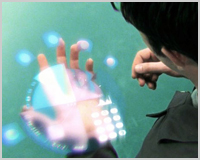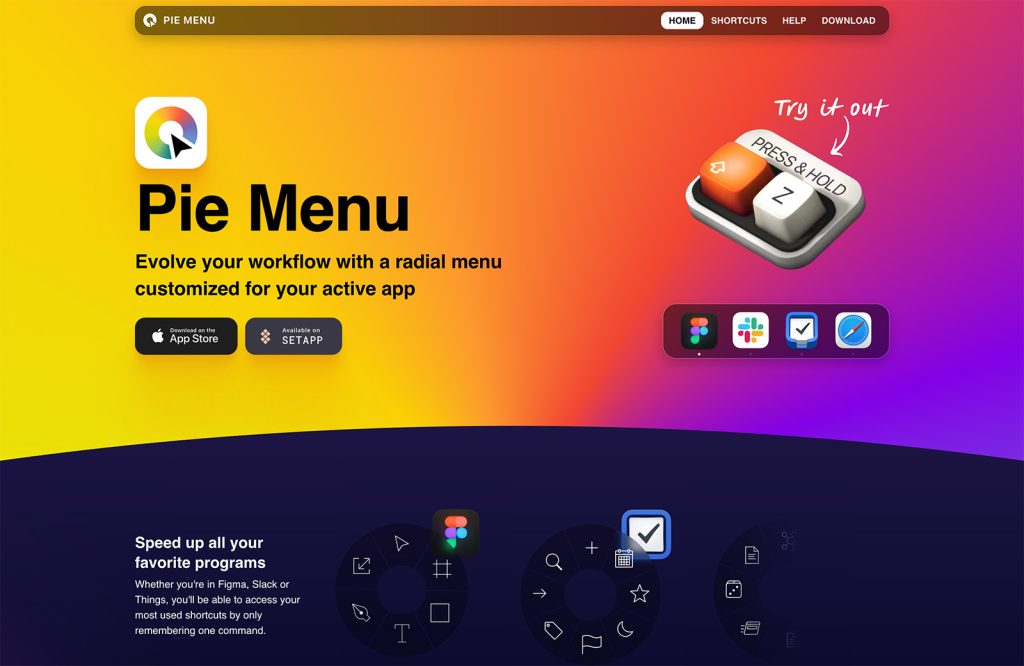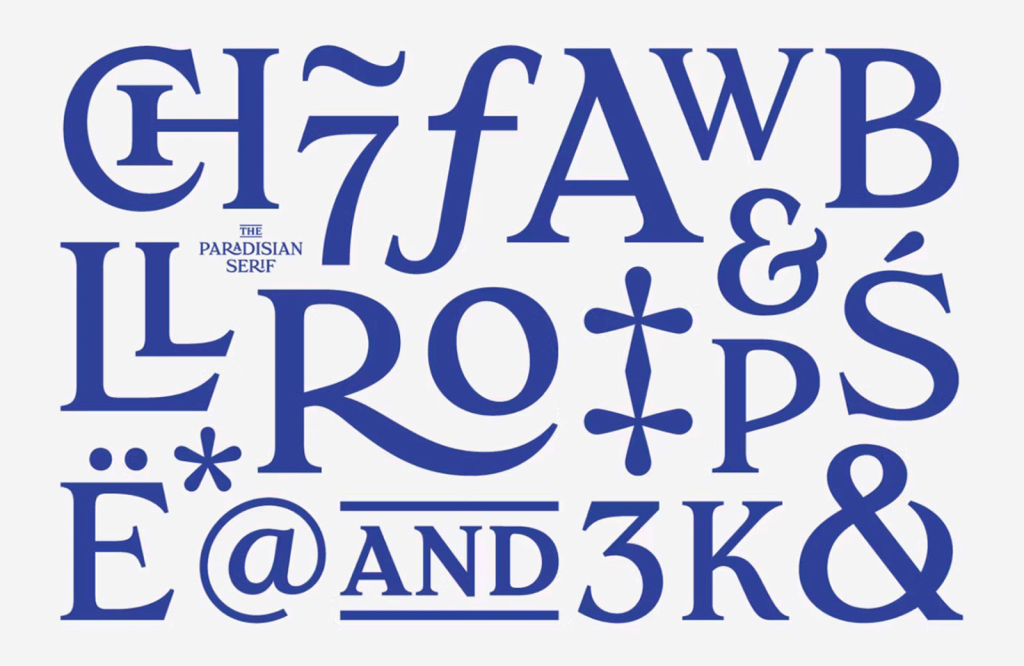When I wrote about QR codes (Designed QR codes: the next level), it was very well received. When I wrote “SnapTags: Will they kill QR codes?” people got a little nasty with their suggestion on what I could do with snaptags and my mother. Now that I’m delving into Augmented Reality, I’m wondering what suggestions people will have for me…and certain family members when I insist that AR is the future of digital media?
According to Wikipedia: Augmented reality (AR) is a live, direct or indirect, view of a physical, real-world environment whose elements are augmented by computer-generated sensory input such as sound, video, graphics or GPS data. It is related to a more general concept called mediated reality, in which a view of reality is modified (possibly even diminished rather than augmented) by a computer. As a result, the technology functions by enhancing one’s current perception of reality. By contrast, virtual reality replaces the real world with a simulated one.
Augmentation is conventionally in real-time and in semantic context with environmental elements, such as sports scores on TV during a match. With the help of advanced AR technology (e.g. adding computer vision and object recognition) the information about the surrounding real world of the user becomes interactive and digitally manipulable. Artificial information about the environment and its objects can be overlaid on the real world. The term augmented reality is believed to have been coined in 1990 by Thomas Caudell, working at Boeing.
Research explores the application of computer-generated imagery in live-video streams as a way to enhance the perception of the real world. AR technology includes head-mounted displays and virtual retinal displays for visualization purposes, and construction of controlled environments containing sensors and actuators.
What are people doing with AR?
There are many examples you can or have seen. Here’s a recent one made by Disney and displayed in Times Square:
Of course, with Pixar tucked neatly into their back pockets, Disney’s AR piece is the top of technology. Appshaker, London did a really impressive AR piece for National Geographic:
There are some demos from smaller companies and individuals that show the capabilities of AR. Check out these cool applications:
Why just buy a product when you can see what it will look like out of the box?
Your face as your business card
Not all of the AR applications are fun and games. Recognition and information are also possible. This video was posted to YouTube two years ago:
In fact, stalking will be a breeze with facial recognition software on smart phones:
When I first ran across Augmented Reality almost nine years ago, it was phone-sized tablets that identified places and directions. This phone app is an example:
The future of business cards
While the QR Code may take you to YouTube or a web site, imagine what it can do for your business card! It’s a bit like Emperor Palpatine popping up to give order 66 (ask a local Star Wars nerd what that means) but why make people read something about you when you can tell them yourself:
Try one for yourself HERE.
While most AR recognition needs a code, very much like the QR Code or, apparently despised Snaptag, this experiment by innovative campaign from Crispin Porter + Bogusky uses a simple dollar bill for a Burger King AR piece:
There are numerous tutorials on how to create AR pieces. Check them out.
Are you ready to jump into Augmented Reality?
So, I’m guessing by now you are saying to yourself, “I’ve got to get into this!” and my family and I are safe from comments on different inappropriate things we can do…unlike my exploration of Snaptags.
AR is not just about learning some new software. There is obviously video, writing, graphic design, and type skills needed but any creative should be able to handle it. I’ve yet to see anyone at any networking event or cross paths with anyone who has an AR business card to date. That seems odd, considering the explosion of the technology. Perhaps the technology hasn’t quite exploded as of yet, so why not be the first kid on the block to have one?
Suggested reading on Augmented Reality
http://www.physorg.com/news/2011-08-sony-augmented-reality-tv-buyers.html
http://mashable.com/2009/12/05/augmented-reality-iphone/
http://technabob.com/blog/2008/12/17/mini-augmented-reality-ads-hit-newstands/
http://boingboing.net/2011/11/21/layar-augmented-reality-for-ma.html
*There are many sources for AR software but I cannot suggest or recommend any in this forum. All of the examples used in this article were solely for the purpose of inspiration and information on AR technology and is not an advertisement for or an endorsement of any of the firms that created the videos included.
Do you use Augmented Reality for your work? Give us a link to your video or post your AR code for people to print out and try.






